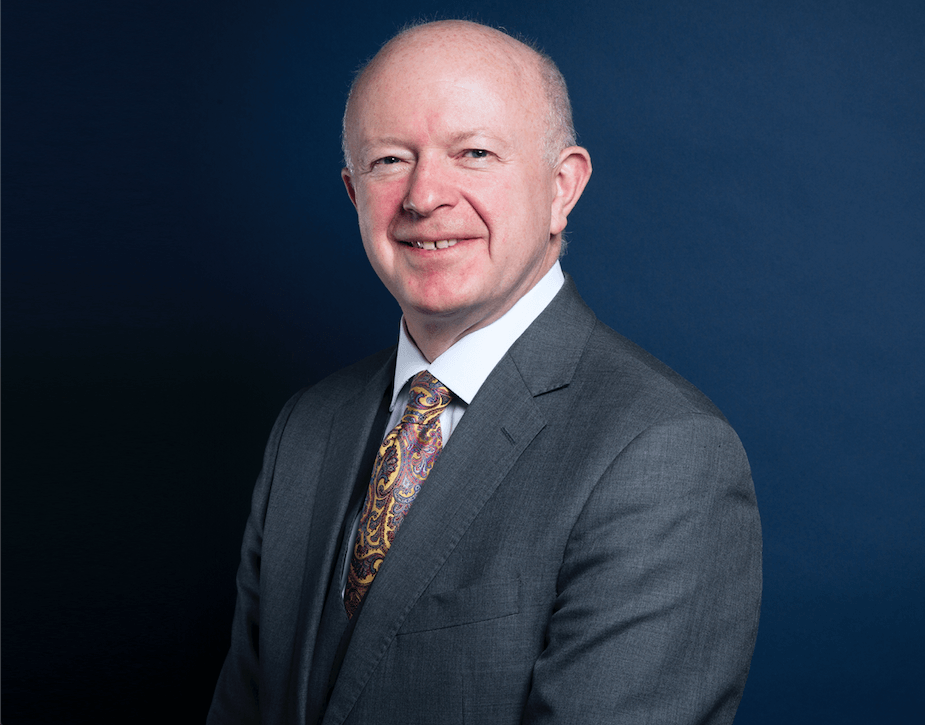Since the implementation of the UK lockdown in March, the justice system has relied upon the use of remote technology to keep its heart beating.
Remote video conferences and hearings have ensured the continued administration of justice and, more generally, communication between professional and lay clients. The UK and the rest of the world are now tiptoeing out of confinement and the prospect of face-to-face meetings and court hearings are once again becoming feasible.
The question now is whether innovations in the legal sector during lockdown were a stop-gap to keep the body of justice breathing or whether the use of remote technology is now the default position.
The crux of the argument in support of the virtual approach is that once the tech issues are ironed out there is no qualitative difference between an exchange of information in a court or conference room to the same individuals communicating over a video link. There is also a view that commercial parties are comfortable with the virtual approach as remote meetings are commonplace in the business world.
In my view, however, a one-size-fits-all, technology-led approach does not deliver in all circumstances.
Communication is about far more than relaying words from a mouth to ear. Speech is a medium of a relationship within a physical space. What might be considered meaningless chit-chat serves a social function of bonding individuals together. The essence of communication is the establishment of trust and understanding. The exchange of information is but one element of that communication.
It is said we come to understand one another through the subtleties of tone, eye contact, body language, and the sharing of vulnerabilities that occur when we are bodily present. Arguably it is the presence of individuals in the same space that is integral to communication if we are to properly interpret one another and have confidence in what we achieve whilst working in the legal sector.
Take, for example, the courtroom position and the assessment of witness evidence under examination. A witness’s communication, their demeanour, how they answer questions and how others respond within a courtroom must all be assessed in reaching a conclusion as to the quality, credibility, and reliability of their evidence. It is questionable whether this assessment can be achieved from a review of a small image amongst many on a screen.
In court, the ability to see into the whites of a witness’s eyes to assess their character, motivations, and reliability of their evidence is deeply affected by the change from physical presence to the medium of video. Equally, it’s hard to see how appearing as an image on a screen will necessarily imbue a party with confidence that they have had their day in court or their case heard at an ADR meeting.
Examples from a lay client, counsel, and judicial perspective further illustrate the more holistic view of communication.
Prior to lockdown, I conducted a Joint Settlement Meeting (JSM) in a fatal accident clinical negligence matter on behalf of the widow of a patient who had sadly died from internal bleeding within hospital. The JSM involved negotiating the value in monetary terms of the life of the deceased and communicating that to the deceased’s long-term partner. Quite simply, without the physical presence and trust afforded by the one-to-one communication, the JSM could not have achieved a satisfactory outcome over the sterile environment of a Zoom conference.
In another fiercely contested case involving personal injuries arising from a motorcycle accident, the rapport developed between counsel over several meetings, including a Costs and Case Management Conference (CCMC), led to the defence counsel developing a different view as to the liability position of the defendant which had not been achieved in the previous years of litigation. The ability to develop a relationship and engage in the issues created an opportunity for an otherwise intractable case to resolve within days of the CCMC. The quality of communication is judged not by what the communicator intends, but by what the communicatee interprets and understands, which is arguably more successfully achieved through communication in person.
In the months – and years – ahead, we face a choice about how best to represent clients and administer justice, considering whether remote hearings are proportionate to the nature of the case and parties involved.
The quality of justice is an ever-elusive pursuit. That challenge has now become more nuanced than ever.
Paul Kirtley is a leading civil practitioner on the Northern and North Eastern circuits. His expansive practice covers personal injury, clinical negligence, employment and regulatory. Additionally, he has a thriving practice as an accredited civil and commercial and workplace mediator, often working within the offshore jurisdictions.
